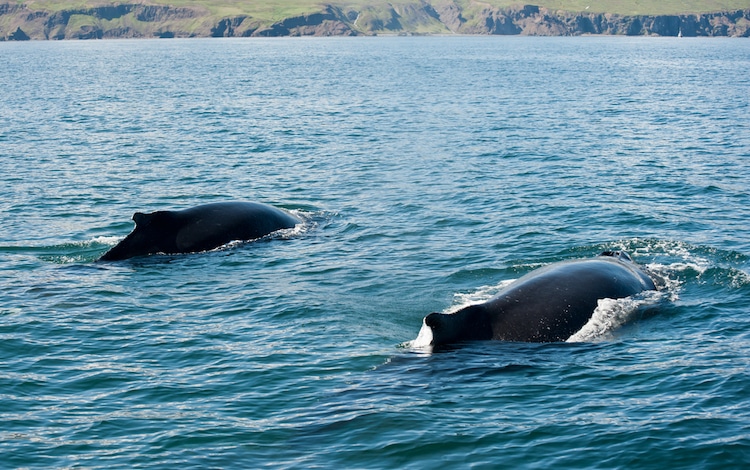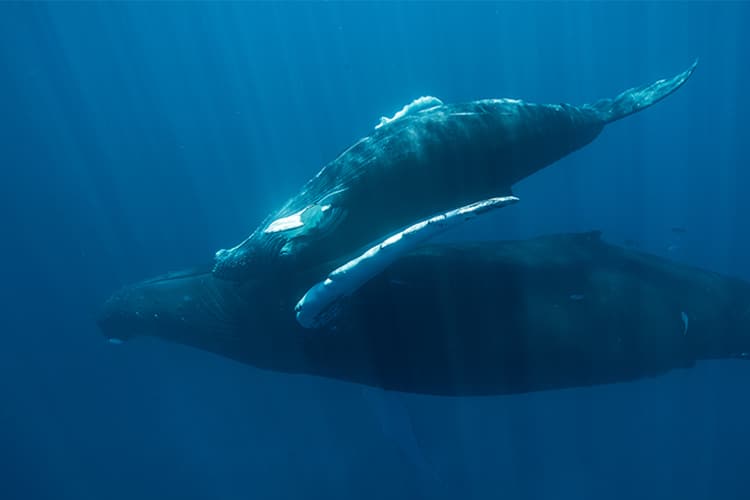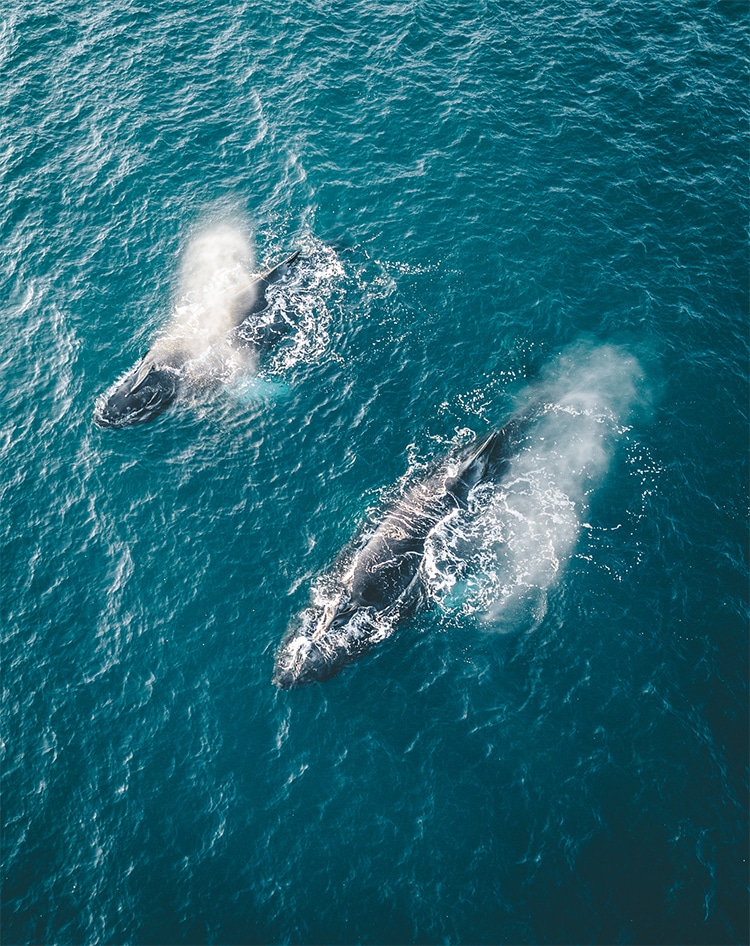The beautiful and eerie sound of whale songs is something that very few of us ever get the opportunity to hear. But even if you have, the songs won’t be identical to one another. Similar to how humans do, whales can trace their cultural history through the sounds they make. The songs of male humpback whales, for example, have actually been shown to evolve over time. This occurs when individual whales modify, alter, or embellish parts of a standard song sequence, and then other whales in the group pick up on it and pass it along.
New research has shown that “song revolutions” can also take place, contrary to previous assumptions. There are times when an entirely new song is suddenly adopted from a population of whales that are located nearby. In point of fact, whales can be heard singing the same songs even when they are located an incredible 8,700 miles (14,000 kilometers) apart from one another.
“Song is a striking example of non-human cultural transmission and evolution exhibited by oscine songbirds and possibly most baleen whales including humpback whales,” a team of investigators who have recently had their findings published in the Royal Society Open Science Journal are the authors of this piece.
The songs that humpback whales on the east coast of Australia sing are identical to the songs that humpback whales in the breeding waters of French Polynesia and Ecuador sing. In each region, on the other hand, the same sounds may be strung together in marginally distinct but regionally characteristic ways. Each whale song contains a number of these sonic phrases, which are repeated a number of times in a manner that is almost identical to a chorus. However, every once in a while, the themes of the whale songs will shift; it will be time to get rid of the old and bring in the new, and all of a sudden, an entirely new song will be at the top of the charts. Surprisingly, the new song is not always restricted to a single group or even to one particular region on the planet.
It was previously believed that humpback whales could sing in unison despite being separated by more than 10,000 kilometers. According to findings from recent studies, certain whale songs have traveled an incredible 4,970 miles, all the way from French Polynesia in the east, across the Pacific Ocean, and all the way to South America in the south (around 8,000 kilometers). There are those who believe that whale songs could theoretically travel all over the world.

“This study demonstrates songs first identified in western populations can be transmitted across the entire South Pacific, supporting the potential for a circumpolar Southern Hemisphere cultural transmission of song and a vocal culture rivaled in its extent only by our own,” the authors share. The research conducted on humpback whales in South Africa and Brazil hints at the possibility of a complete circumnavigation of whale songs, as the melodies are transferred from one group to another.
The researchers have found similarities between the characteristics of the songs sung by songbirds and the songs sung by humpback whales. Their research also “sheds light on the underlying mechanisms of social learning and cultural evolution in animals ranging from fish to other cetacean species through to humans.”
But exactly how do the humpback whale songs get passed down from one pod of whales to another? Even though it is not entirely clear how this phenomenon occurs, it is highly likely that it is connected to the way whales migrate to different areas for the purpose of breeding and foraging for food. The researchers are led to believe, as a result of the extensive traveling that whale groups engage in, that their songs are transmitted from one region to another in a methodical manner. It’s possible that one group will be the ones to start a song revolution, and then when that group migrates to a new location for feeding or to have their calves, they’ll bring the song with them. The song is picked up by neighboring populations of humpback whales, where it is assimilated and then transmitted to another group of whales.
We don’t fully understand whale songs or what they mean yet, but we’re getting closer. It is abundantly clear that whales, just like humans, appreciate an original song that, every once in a while, dominates the music charts among their contemporaries. Or, in their world of underwater music, it could even become a global phenomenon.
It is possible to hear whales singing in unison even when they are located up to 8,700 miles (14,000 kilometers) apart from one another.

It is likely that the routine migrations that whales make to various locations throughout their lives in order to breed and feed are related to the transmission of songs from one group of whales to another.

Take a listen to the incredible variety of whale songs in this video that can be found on YouTube:










